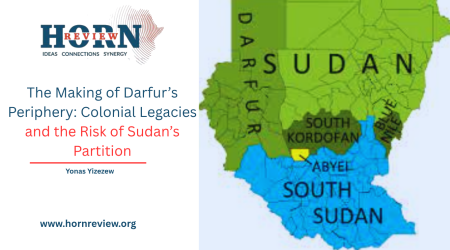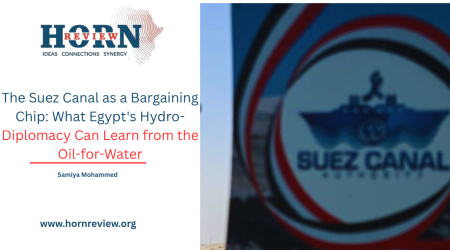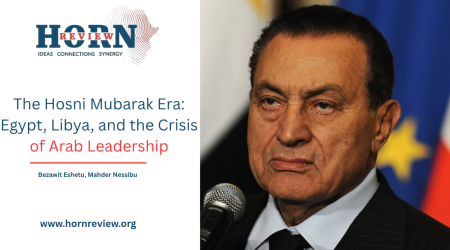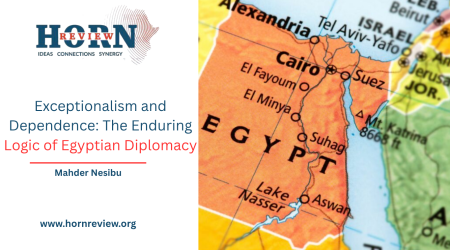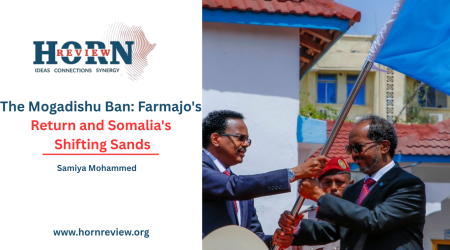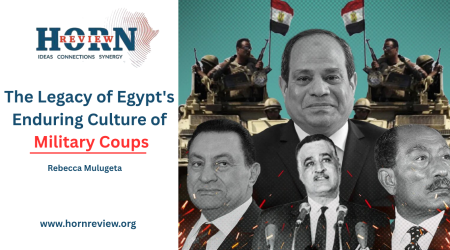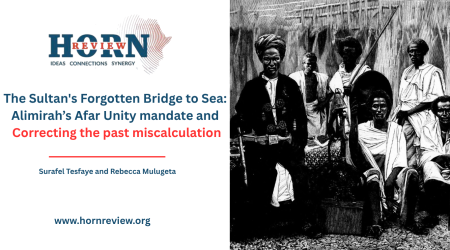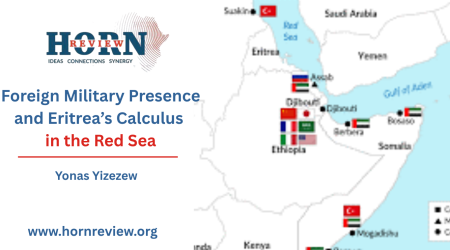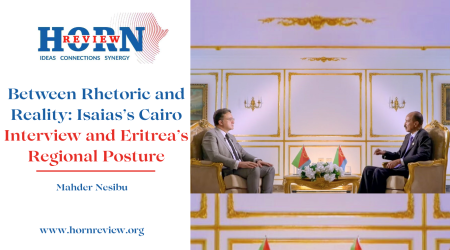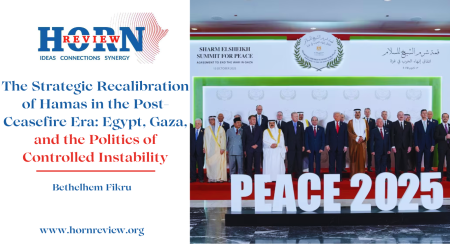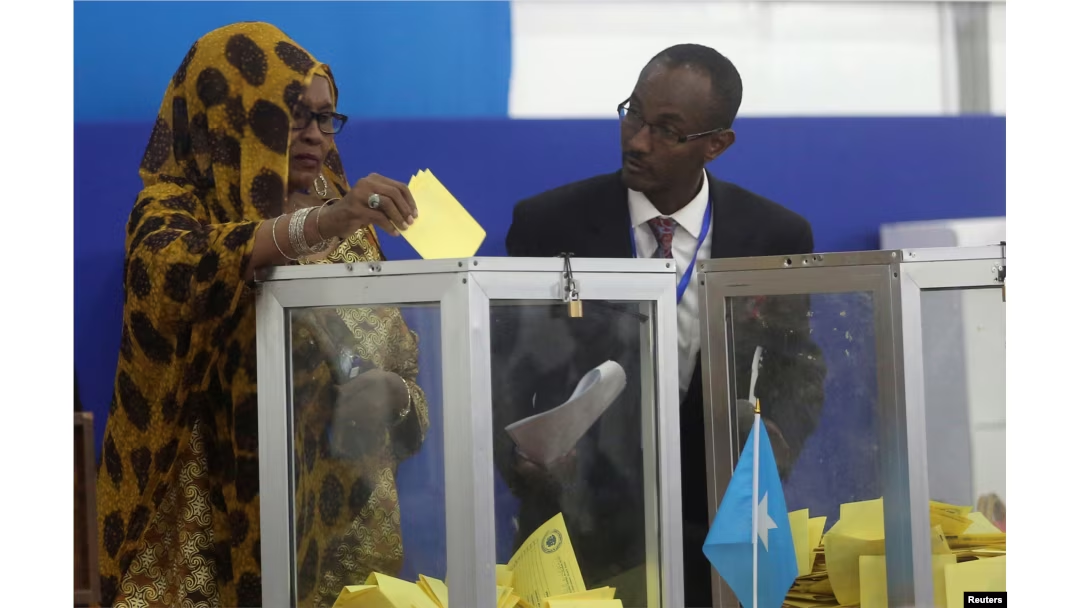
11
May
Somalia’s Democratic Path: Navigating the Path to One-Person-One-Vote Elections
For the first time since 1969, Somalia is preparing to hold direct universal suffrage elections in 2025, marking a potential turning point in the country’s turbulent political history. The last one-person-one-vote election ended with Siad Barre’s military coup, bringing in decades of dictatorship followed by state collapse and clan-based governance. Since the 2000s, Somalia has relied on indirect electoral systems where clan elders and regional delegates selected representatives, a process that maintained stability but established elite control while marginalizing ordinary citizens. The upcoming elections represent an ambitious attempt to break this cycle, but face formidable obstacles stemming from Somalia’s complex political realities.
The planned 2025 election offers promise and threat. On the positive side, the transition could enhance political legitimacy by giving citizens direct say in governance for the first time in generations. Recent local elections in Puntland demonstrated that voting is feasible in relatively stable areas, providing a potential model for national implementation. However, the challenges are significant. Al-Shabaab controls crucial territory and has already intensified attacks to disrupt electoral preparations, including recent clashes in strategic locations. The group’s sophisticated extortion networks and parallel governance systems in areas under its influence present particular obstacles to free campaigning and voting.
The most immediate political challenge comes from tensions between the federal government and regional states, particularly Jubaland and Puntland. These tensions reached its height during the October 2024 National Consultative Council meeting, where Jubaland’s President, Ahmed Madobe, walked out in protest against the proposed electoral timeline. Puntland has consistently boycotted negotiations, reflecting its resistance to Mogadishu’s authority. These disputes go beyond procedural disagreements, they represent fundamental conflicts over power-sharing and the nature of Somali federalism. The federal government’s proposal to extend state presidents’ terms by one year has further created tensions, with critics arguing it allows incumbents to manipulate electoral commissions.
In Jubaland, the standoff has taken on security dimensions, with reports of troop movements along administrative borders. Meanwhile, Puntland has accelerated its own electoral preparations outside the federal framework, including voter registration drives that exclude federal oversight. These measures suggest some regions may conduct parallel electoral processes if differences aren’t resolved. The situation is further complicated by the absence of the SSC-Khatumo administration from negotiations, leaving a significant portion of northern Somalia outside the electoral planning process.
Security conditions present equally complex challenges. While government forces have made gains against Al-Shabaab in central regions, the militants retain strongholds in rural areas and continue to launch devastating attacks. Recent intelligence reports indicate Al-Shabaab is actively recruiting and stockpiling weapons in anticipation of the elections, with particular focus on Jubaland and Hirshabelle states, where federal forces are most stretched.
The international dimension adds to this complexity. While donors have pledged $100 million to support the electoral process, their insistence on strict transparency measures has collided with Somali political realities. The EU’s recent decision to withhold $20 million in electoral funding over accountability concerns has exacerbated tensions with federal authorities. Meanwhile, regional actors like Ethiopia and Kenya are pursuing competing interests, Ethiopia backing federal consolidation while Kenya maintains close ties with Jubaland’s leadership.
Several scenarios appear possible in the future. In an optimistic scenario, sustained diplomatic engagement could produce a compromise allowing elections to proceed with participation from most regions, albeit with localized security exceptions. A more pessimistic outlook suggests escalating federal-regional tensions could lead to parallel processes in dissenting states, formalizing Somalia’s political fragmentation. The most likely outcome lies between these extremes, a partially implemented election with varying degrees of participation across regions, followed by protracted disputes over legitimacy.
The regional implications are significant. A successful election would strengthen Somalia’s position in the Horn of Africa and defeat extremist groups. However, failure could destabilize the region by creating new refugee flows and security vacuums that neighboring states would need to address. For international partners, the dilemma remains how to support democratic progress without becoming entangled in Somalia’s internal politics.
The coming months will require careful statesmanship from Somali leaders and engagement from international actors to navigate these complex issues. Ultimately, Somalia’s electoral experiment will test whether democratic governance can take root in one of the world’s most challenging political environments.
By Jalene Tesfaye,Deputy Director,Horn Review

